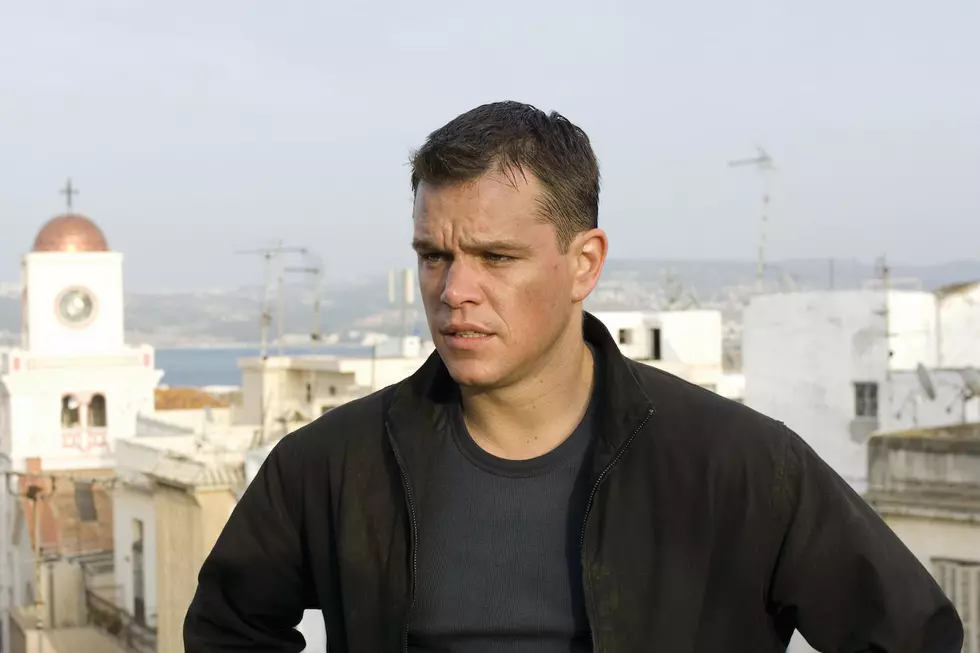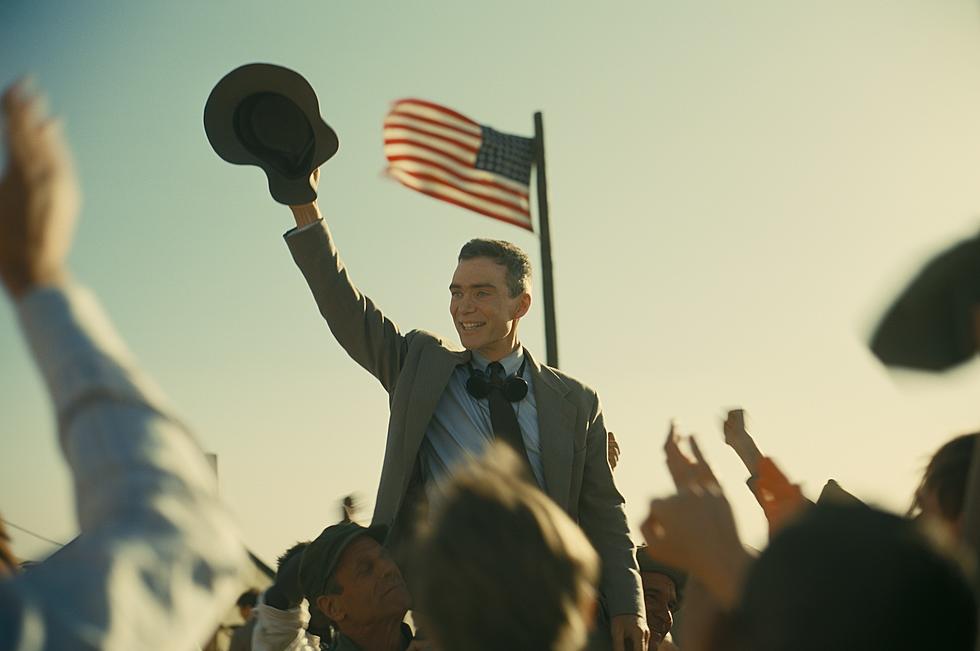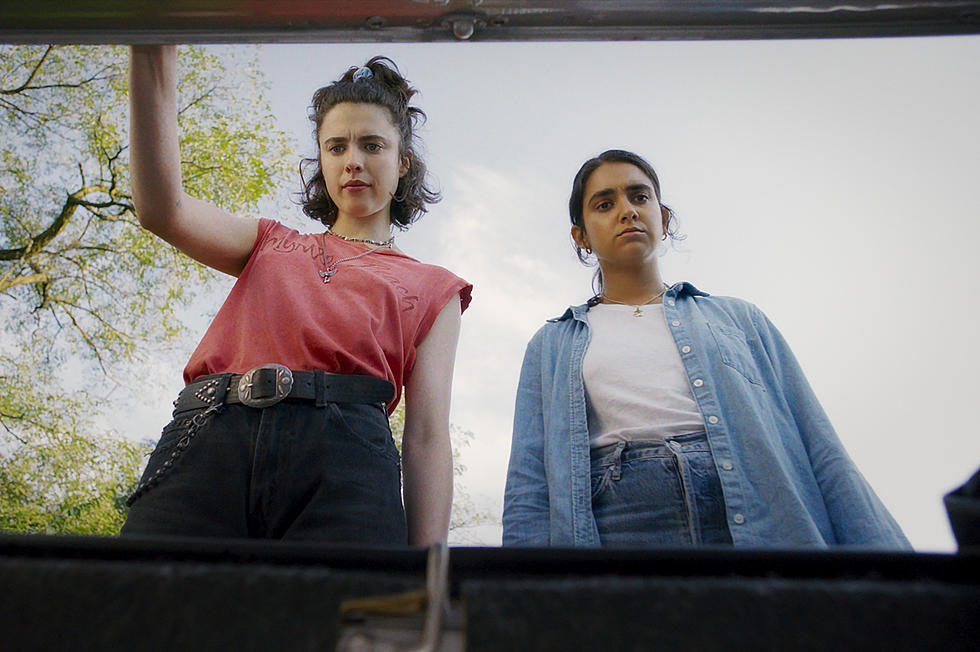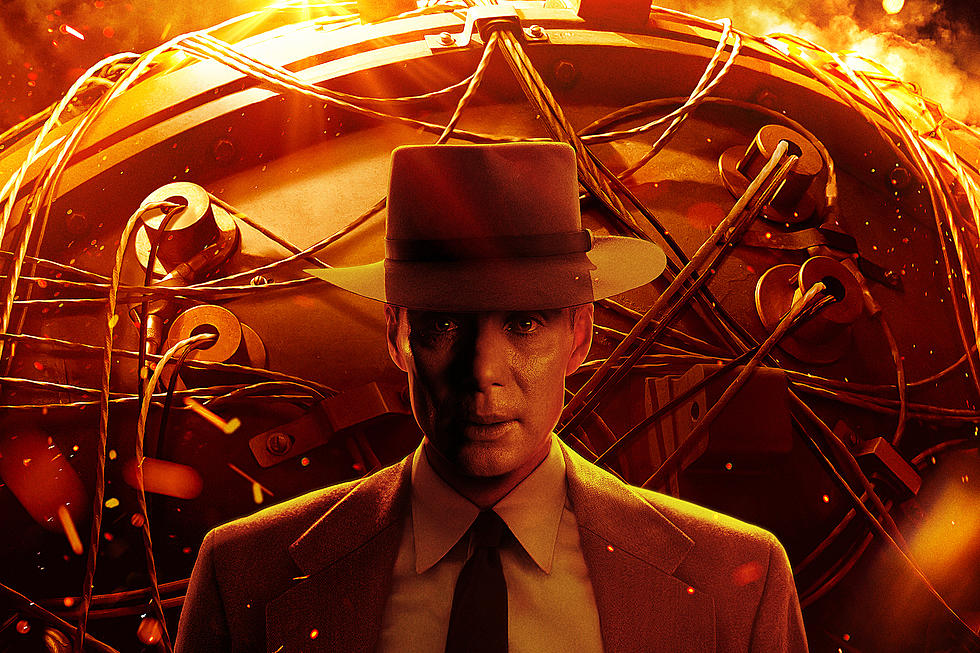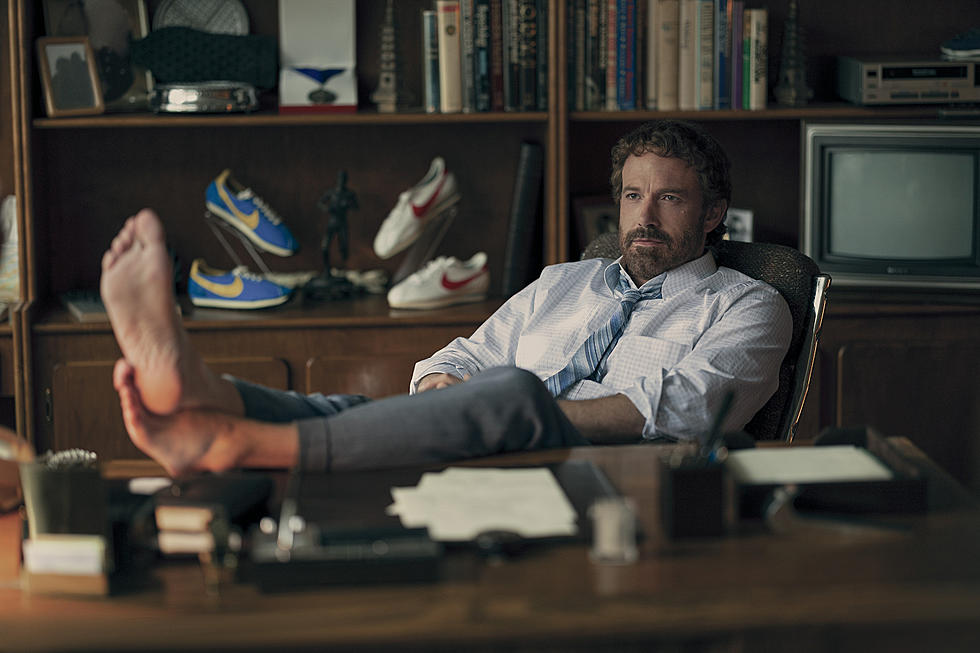
‘Jason Bourne’ Review: Matt Damon Is Back, But Did We Need Another Bourne Movie?
Jason Bourne has always had one mission: to find out who he is. It’s a mystery that made him one of the most interesting action movie characters of our time. He didn’t get by with the swagger of James Bond, nor did he rely on gadgets like Ethan Hunt; he was quick, efficient and acted on intuition and impulse alone, and all without having a clue what his real name was. He was a human killing machine who wouldn’t stop until he uncovered the truth, and by the end of Paul Greengrass‘ 2007 film The Bourne Ultimatum, Matt Damon‘s spy finally got answers. But nearly 10 years later, Bourne still has questions.
In Greengrass’ Jason Bourne, the film ignores the events of the Jeremy Renner-led The Bourne Legacy, and picks up almost a decade after Damon’s character fled New York after being shot by the former C.I.A. Deputy Director. For those who don’t remember the events of the Bourne trilogy, Greengrass’ film opens with a flashback sequence to fill in the audience, showing Bourne tortured by the violent, green-tinted memories of his past.
In the new movie Bourne is making a living in underground fights in Greece, knocking guys out with a single punch. Julia Stiles’ Nicky Parsons is working for a hacker in Iceland when she breaks into C.I.A. case files to leak information on their latest special-operations. While Bourne’s original program, Treadstone, was shut down and he helped expose the following one, Blackbriar, the C.I.A. is still up to no good with a new training program, Ironhand. Nicky eventually meets up with Bourne to tell him that while snooping through the files, she discovered his father was involved in Bourne’s training process. Now Bourne is sucked back in, searching for Treadstone secrets tied to his late father, all while a new C.I.A. team, led by Tommy Lee Jones’ Robert Dewey and Alicia Vikander‘s hacker Heather Lee, follow his trail. It's Bourne searching for his identity, yet again.
Greengrass’ film, which he co-wrote with Bourne Ultimatum editor Christopher Rouse, gives the franchise a soft reboot by telling a Bourne origin story. Yet as interesting as an origin story may sound for a guy who can’t remember much, the fact is, we never needed one. Ultimatum neatly wrapped up Bourne’s story once he remembered joining Treadstone, giving him a sense of closure from his murky past. But the new film is intent on digging that past back up to find an excuse to throw its character back into the action. That’s fine, because who doesn’t want to see Bourne fight again (especially with both Damon and Greengrass on board).
However, the latest film gives Bourne an additional backstory about his father that’s too frail to garner interest and is ignored for much of the runtime. When the movie isn’t focused on the C.I.A. catching Bourne, it spends time on a largely unrelated plot between Dewey and a tech mogul (Riz Ahmed), who’s being blackmailed into doing a surveillance operation. The loss of trilogy screenwriter Tony Gilroy feels especially strong with the film’s fractured narrative.
Just as the film only seems half interested in Bourne’s origin, so does Damon. It’s been nine years since he played the iconic spy, and Damon looks exhausted in the role. Maybe it’s because Bourne’s gotten older, but it also speaks to the movie’s disconnect from the character. Bourne doesn’t have the same vigor or the same hunger for truth driving him, which made him so distinct in the trilogy. Damon said he only had about 25 lines in the new movie, and while I didn’t count, he certainly doesn’t say much. The character seems removed and dispassionate, and not in a trained-cold-blooded-killer way, but in a why-am-I-still-fighting way. It begs the question that after three fantastic films, did we really needed another Bourne movie?
But as superfluous as Greengrass’ film is, it does what Bourne movies do best: action. The Bourne franchise has been one of the most influential to the action genre in the past 15 years. It stylized a new era of action sequences full of shaky cam, frantic disorienting edits, intense car chases, and quick, clean hand-to-hand combat. Jason Bourne has all that, and while the sequences don’t top those of the original trilogy, they do maintain the same visceral energy of the franchise. The best sequence follows Vincent Cassell’s hitman and Bourne in a chaotic chase through the Las Vegas strip that demolishes more cars than (probably) all previous four films have, and ends with a classic bare-hands fight. Ultimately it’s a fun and entertaining throwback to the trilogy’s no-frills action scenes – the Bourne movies are all about the action instead of memorable plots after all.
The Bourne franchise has been copied again and again, from its visual style to its fight sequences. While a reunion between Greengrass and Damon should feel like a refreshing extension of the franchise, Jason Bourne is just another replica, and an unnecessary one. The familiar pieces are in place, but it adds nothing that Greengrass hadn’t already accomplished. Maybe its best we let Jason Bourne retire for good.
More From ScreenCrush
